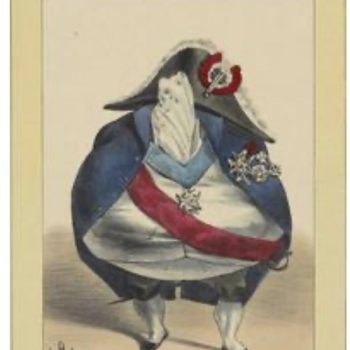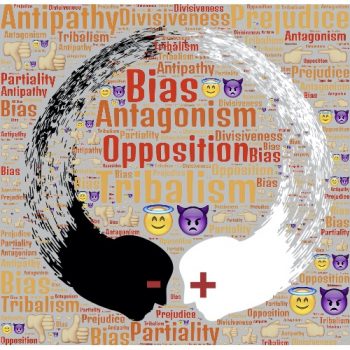The One and the Many
One of the earliest disputes of the Greek naturalists and Eleatics concerned the question of the one and the many — that is was the substratum of the natural world or reality itself one substance or many? Parmenides is clearly a monist, who thought that all change and difference in the world was essentially illusory. Yet Thales, Anaximander and Anaximenes were also monists. While they accept that there are many diverse entities in the world, they argue that the substrate underlying them or the primal stuff from which they emerge is singular. For Thales, they are all made of water. For Anaximander, they all come from the original unity of the unbound. For Anexemenes they all stem from an original chaos but have aether as their basic element. Some of those who most clearly argue that the basic components of the world are not singular but multiple have not been mentioned.
Empedocles, who many early Greeks viewed as responsible for the developed teaching of the elements, is thought a pluralist. There is not one substance underlying the diverse things in the world; rather, there are a few key ones. The change we view in the world occurs over and above a “mingling and separating” of things that are themselves unchanging, primary oppositions: Wet, dry, cold and warm are eternal qualities that comprise all things, but that are propelled in their motion by two other eternal powers that also pull in opposition to one another, love and strife. The various things in the world around us do undergo change and transition as these eternal elements and forces ascend and recede from the foreground. Yet these basic qualities themselves are eternal. Basic reality, ultimate reality is not singular but plural. Empedocles is not a monist but a pluralist.
Another great “Presocratic” pluralist is Democritus, who was born just after Socrates, around 460 BCE — a reminder of the trouble with the temporal designation of “Presocratics.” The atomists maintain that the primary components from which all things in the world are comprised are atoms. From eternity, they have existed, with slightly different shapes and sizes. All things combine from a mixture of atoms and void. But the reality is expressed not by qualities of things. “By convention sweet and by convention bitter, by convention hot, by convention cold, by convention color: in reality atoms and void” (68B125 = B9). Qualities that we experience only have an apparent reality. Some of the Ancients viewed Democritus as a skeptic, but Sextus, an early commentator on Greek natural philosophy, has contributed to a common view that makes greater sense in view of his various truth claims:
In the Rules [Democritus] says that there are two kinds of knowing, one through the senses and the other through the understanding. The one through the understanding he calls genuine, witnessing to its trustworthiness in deciding truth; the one through the senses he names bastard, denying it steadfastness in the discernment of what is true. He says in these words, “There are two forms of knowing, one genuine and the other bastard. To the bastard belong all these: sight, hearing, smell, taste, touch. The other, the genuine, has been separated from this” [68B11]. Then preferring the genuine to the bastard, he continues, saying, “Whenever the bastard is no longer able to see more finely nor hear nor smell nor taste nor perceive by touch, but something finer…”
Over the course of time Democritus sees the atoms combining into different formations, which for their part then again dissemble. In fact, the atomists propose an idea that various other Presocratics also shared — that over the course of time the cosmos emerges, then collapses only to later re-emerge.
Proceed to Pythagoras



